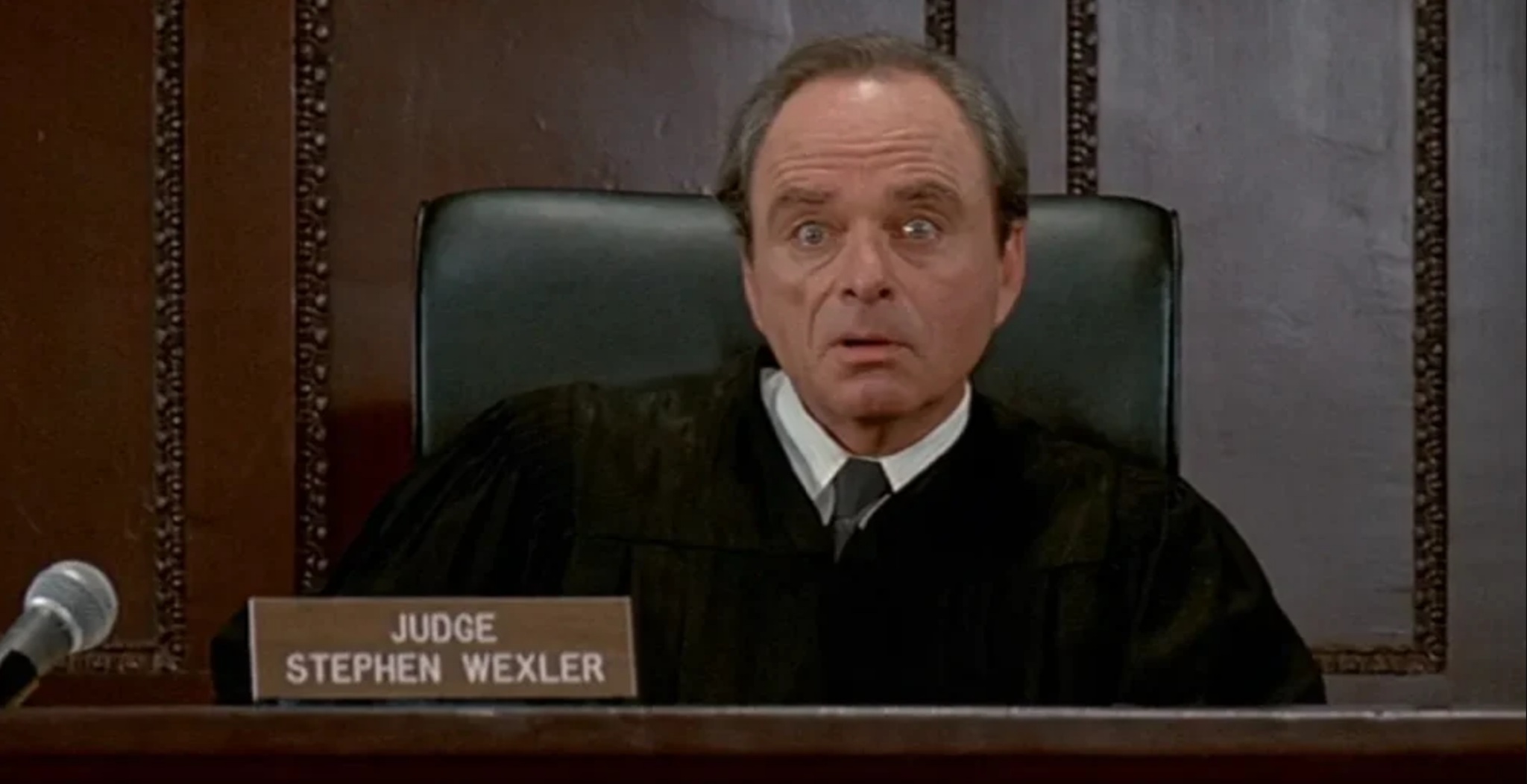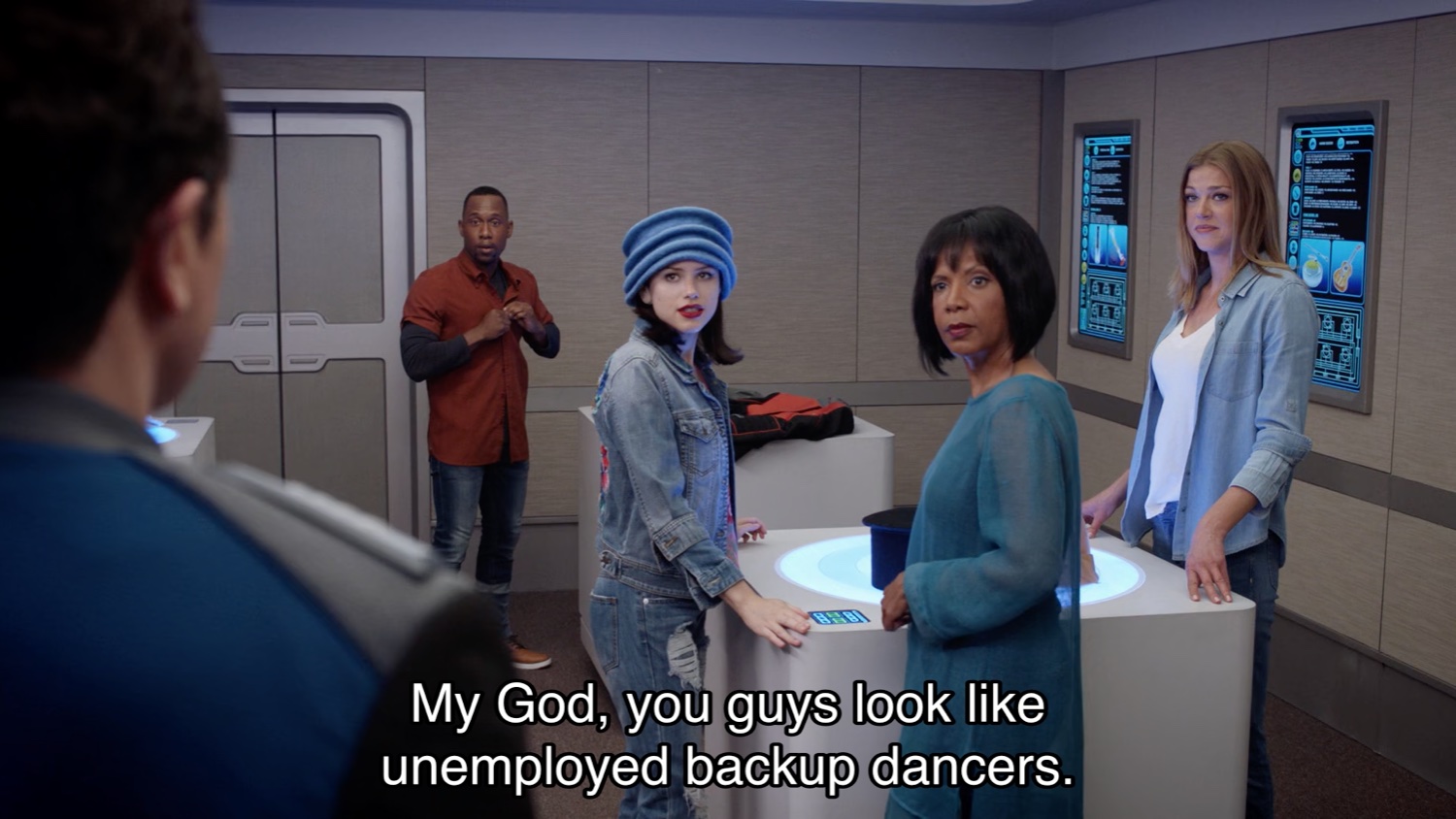Power Smoke is like the Turbo button on old PCs.
aeronmelon
joined 2 years ago
MODERATOR OF
“This year, Heathcliff is going… TOTAL TANK!”
Current mood: Washed ashore
Meanwhile in the kitchen
LIFT THE LID BEFORE YOU PEE
I had this book.
The answer is YES!
“What’s this? IT’S BERNIE SANDERS WITH A STEEL CHAIR!”

That’s awesome, the stability part.
Growing up, I remember being told to stop using the air conditioner during the day by the city. And, in extreme cases, rolling blackouts that lasted for minutes at a time just to shut off unused appliances.
The Magic School Bus Delivers Aid To Gaza
21-year-old me:

He looks distressed.
Bonus copaganda billboard.
view more: next ›











This is the strip that taught me what the phrase ‘If looks could kill.’ means.